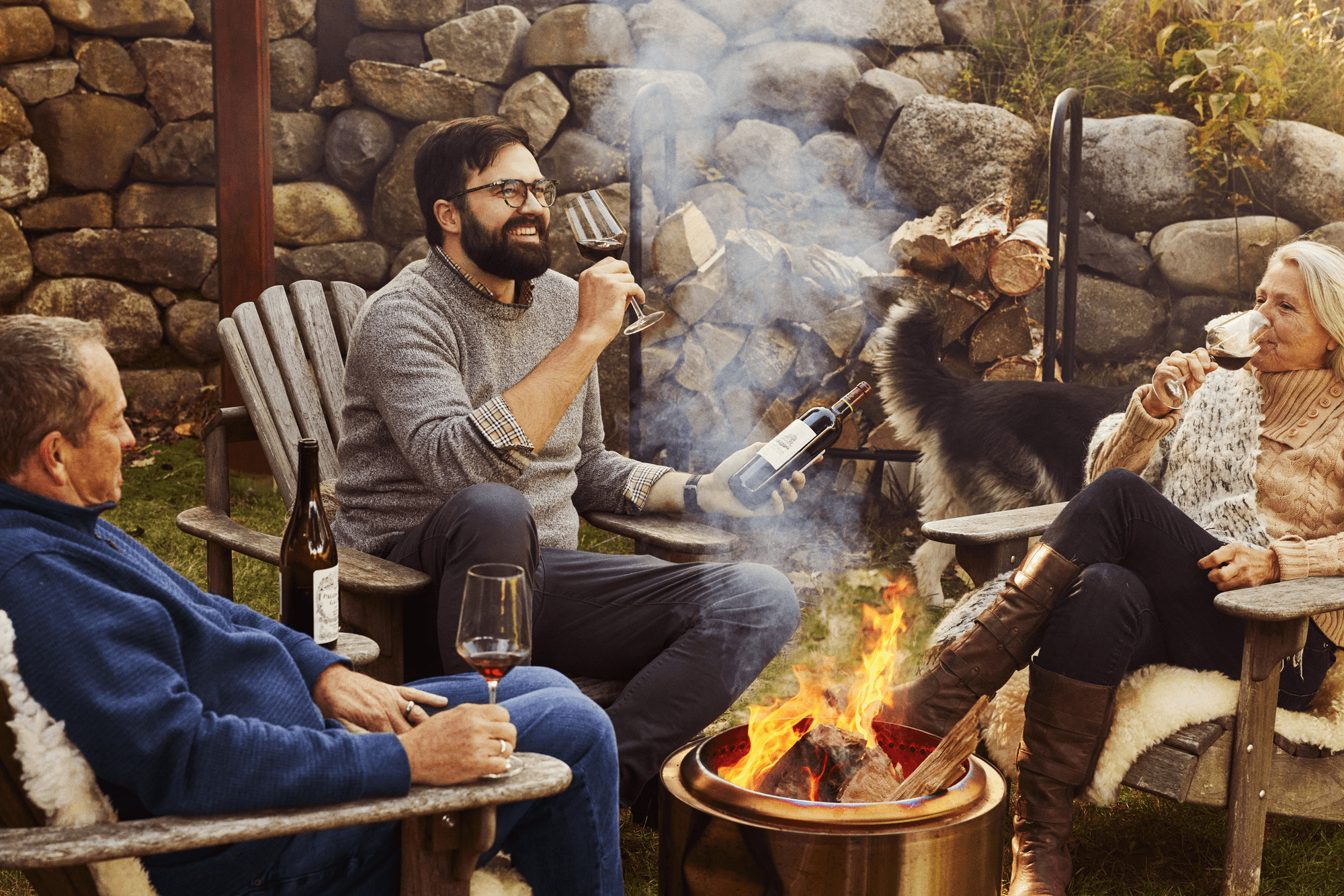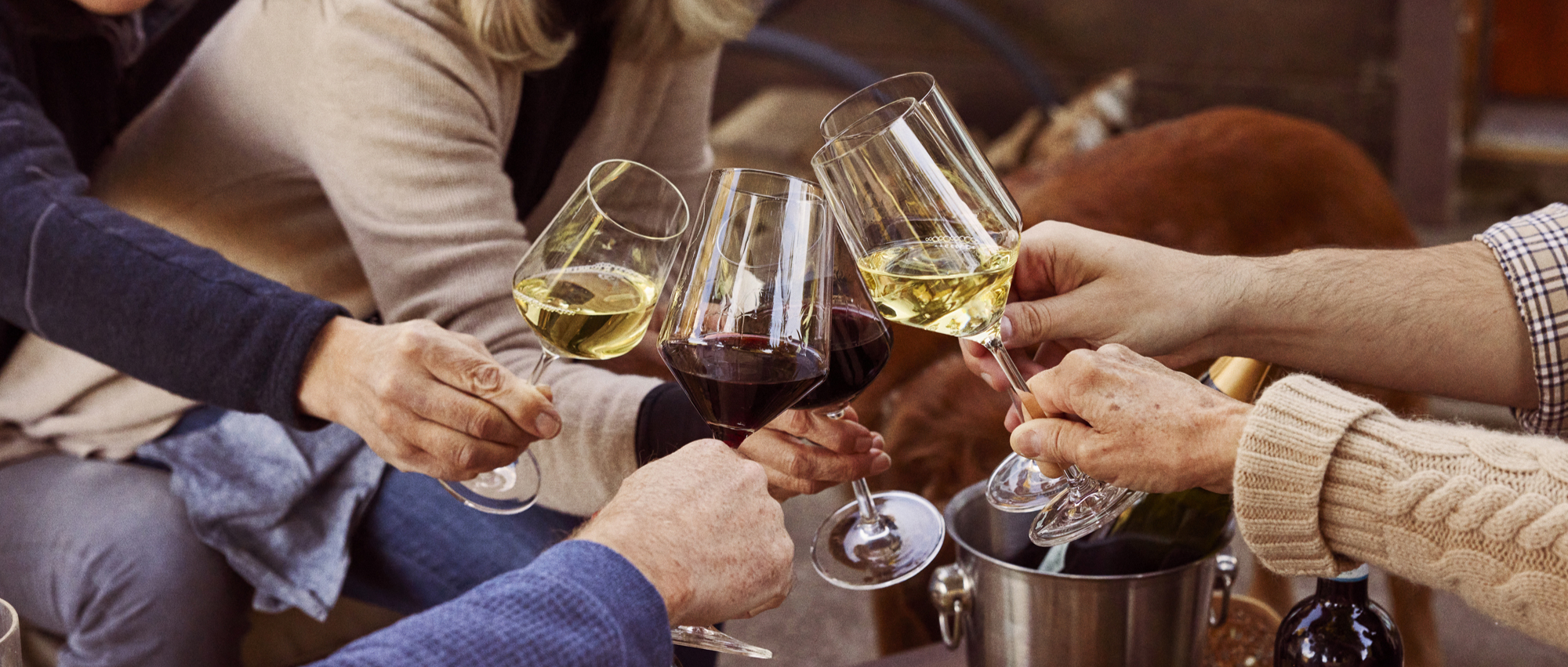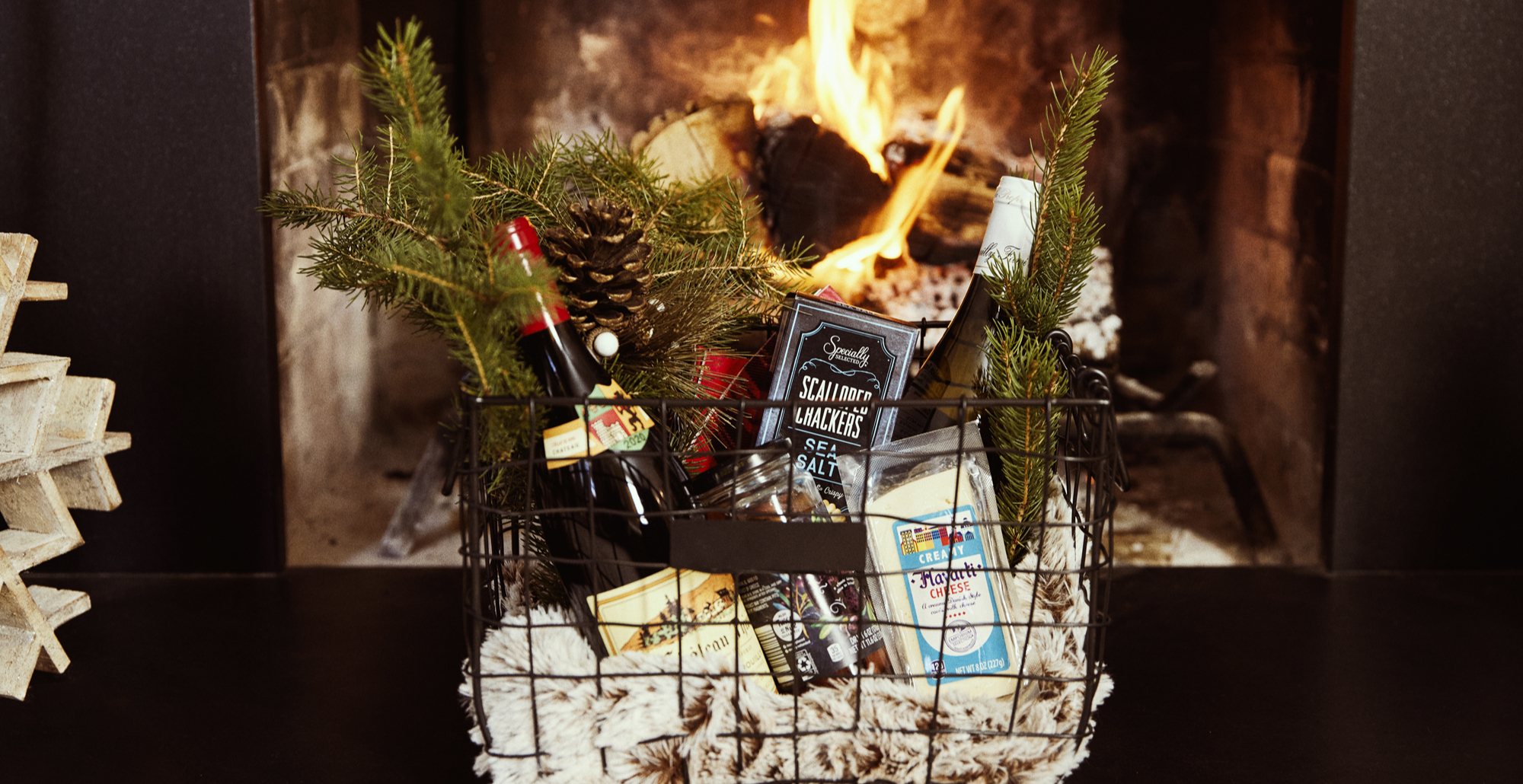You might call aged Muscadet something like the sommelier’s secret handshake. It’s certainly not a category you see often, but it’s like catnip to wine pros. And Jardin d'Edouard’s Muscadet Sèvre-et-Maine "Clisson" is a single bottle encapsulation of why. The wine may once have been straightforwardly briny and refreshing, but with seven years of age on it now, it’s fleshed out into weighty, creamy, orchard fruit depth and mineral-driven complexity. The variety behind Muscadet, Melon de Bourgogne, is originally from Burgundy and that lineage becomes obvious after one sip of Jardin d’Edouard’s “Clisson.” Organically farmed, hailing from the closest the region has to a Grand Cru, and ready to go another decade or more in your cellar, it’s a bottle blue chip collectors and casual consumers alike can bond over. Of course the real hook is the value; at less than $40, it makes clear that Muscadet might just offer the best quality-to-price ratio in aged wine. Grab a few bottles to enjoy now, and plenty more to experience over the decades to come!
When most folks talk about Muscadet Sèvre-et-Maine, they tend to treat it as one monolithic appellation. It’s located on the far western reaches of the Loire Valley, with vineyards running almost to the Atlantic Ocean. And the broad strokes of the region–coastal, continental, strongly influenced by both the ocean and the oysters grown in it–have long sufficed for most people’s understanding of it. But the truth is that there are multiple subzones, known as Cru Communaux, each with their own terroir and microclimate. Clisson is generally considered by those in the know to be one of, if not the, region’s best. When the Cru Communaux system was introduced in 2011, Clisson was one of the first three to be designated. Muscadet producers have long prized its granite-rich soils as producing some of the most powerful and ageworthy Muscadet. For the most Burgundian expressions of Muscadet, Clisson has always been the place to look, and that feature of the cru only grows with time in bottle.
It’s perhaps propitious that Edouard Massart established his namesake project in 2011, the same year the Cru Communaux were introduced. He’s relentlessly focused on making site-specific Muscadet, and that starts in his vineyards. Edouard farms organically, with manual tillage and native cover crops, tending for vines that average over 50 years of age. In the cellar, he ferments in traditional glass-lined concrete tanks, and even upon immediate release his wines have considerable age on them. Edouard leaves his top wines on lees for no less than three years, adding textural depth and aromatic richness. So when it was released four years ago, this was a drop-dead serious wine. Now though, it’s started to reach for the stratosphere.
We recommend serving Jardin d’Edouard’s “Clisson” 2017 just below cellar temp; as much as we love a bottle of ice-cold Muscadet with a plate of oysters, this bottle should be poured a little warmer so as to fully appreciate the aromatic and textural complexity. It pours a pale yellow with hints of gold at the edges and the nose is in an absolutely beautiful place. There’s the classic oyster shell and seabreeze minerality, the lemon peel and green apple fruit, but rounding it out are heady depths of hazelnut, white flowers, hay, baked apple, and pulverized chalk. The palate is still first and foremost fresh, a creamy weight just showing up that’ll only develop further with more time. The savory maritime elements of the palate are joined by a toasty, brioche-y breadth, and the finish is fantastically long, nutty and briny elements commingling. In short, this bottle of Clisson is in a wonderful place right now, but it’s really just starting to show what it’s fully capable of. Go deep on this and you’ll be rewarded for years and years.














